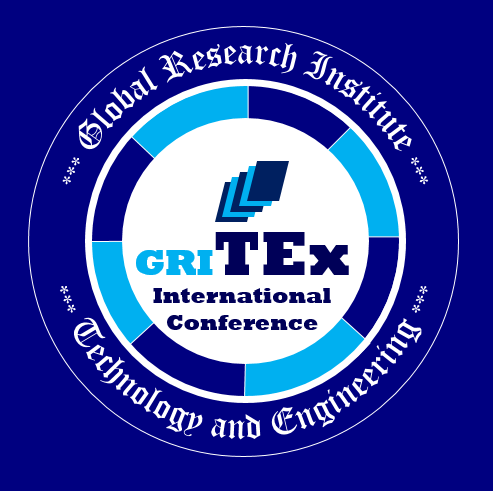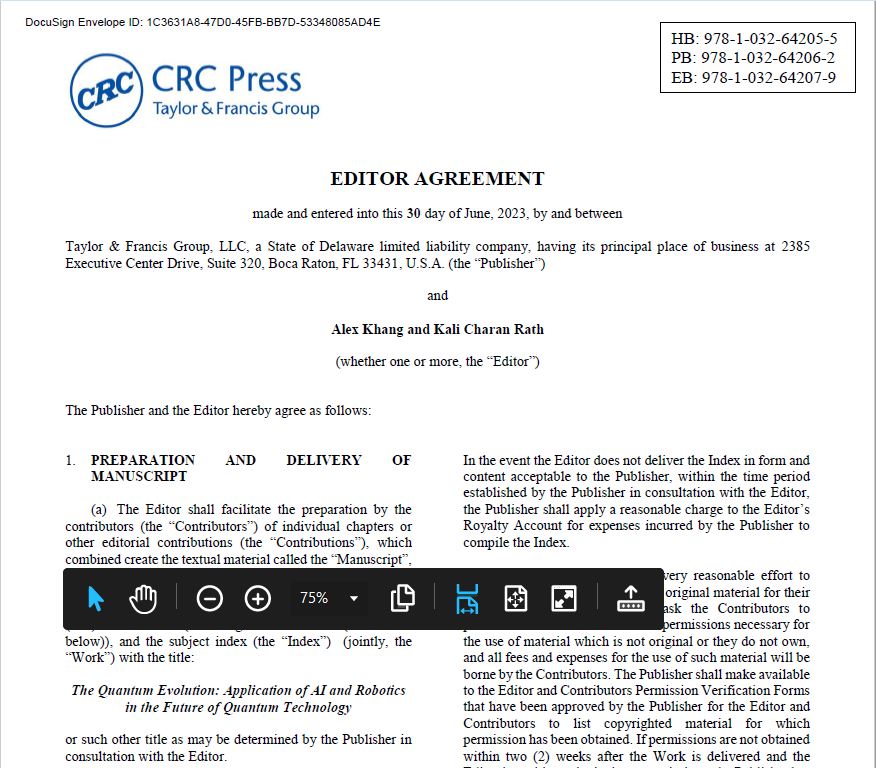
Global Research Institute of
Technology and Engineering
Home | About GRITEx | Research | Education | Publication | Contact Us

Global Research Institute of
Technology and Engineering
Home | About GRITEx | Research | Education | Publication | Contact Us

This book targets a mixed audience of specialists, analysts, engineers, scholars, researchers, academics, professionals, and students from different communities to share and contribute new ideas, methodologies, technologies, approaches, models, frameworks, theories and practices in Quantum technology to resolve the challenging issues associated with the leveraging of combating the nine fields of Secure Communication, Voice Assistants and Language Translation, Autonomous Vehicles, Healthcare Diagnostics, Quantum Computing and Drug Discovery, AI-powered Virtual Assistants, Quantum Sensors in Navigation Systems, AI-assisted Healthcare Diagnostics. The Quantum Evolution:
This book can helps readers understand complex scientific topics in a simple and accessible way:
We really believe that the technologies and applications of the “The Quantum Evolution: Application of AI and Robotics in the Future of Quantum Technology” book will favor the people's aspirations. The book proceedings will be published by CRC Press, Taylor & Francis Group, Florida, USA
No Publication Charge
Each Contributor shall receive an ACADEMIC CERTIFICATE as the copyright of the Contribution and 01 complimentary eBook copy of the Work in which the Contribution appears.
All Taylor & Francis (T & F) publications have a direct feed (indexed) to WoS and Scopus and newly submitted contents are submitted monthly.
At present, WoS contains 10,000+ books and T & F in the top ten contributing publishers.
You are invited to contribute chapters and papers and the scope of the book includes but is not limited to the following topics:
All questions about submissions should be emailed to
